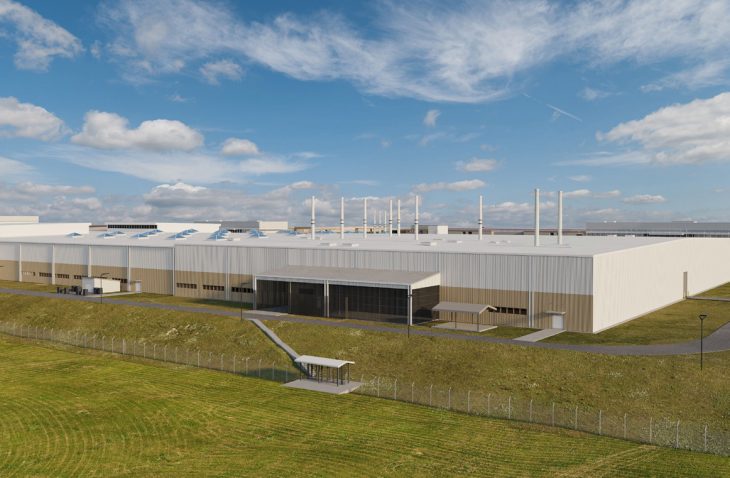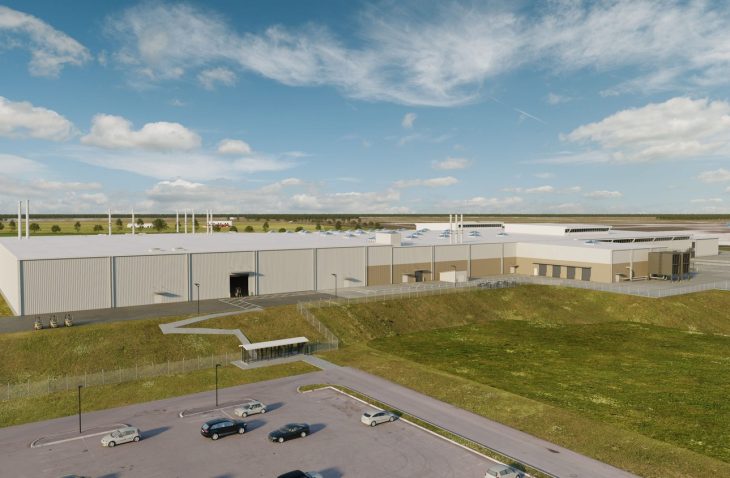Powertrain Complex New Aircraft Component Repair Shop – Phase III
IMEG provided structural, mechanical, electrical, plumbing, and communications engineering design services for Phase III of the new Powertrain complex at Corpus Christi Army Depot, the only depot-level aviation facility for repair and overhaul of rotary wing aircraft (helicopters) engines and components in Army Aviation.
Phase III included the Machining Facility of the Aircraft Component Repair Shop (ACRS) and the first phase of a new Administrative Support Facility and related new infrastructure. The new ACRS facility is an addition to the Transmissions Subassembly Facility (Phase II). The ACRS includes open flex space to house component maintenance processes for repair and overhaul activities as well as space for support staff, administration, and daily activities. IMEG was responsible for the complete multi-discipline design of the ACRS, and communications systems design for the Administrative Support Facility.
The HVAC system includes single zone VAV and multi-zone VAV air handling units, dedicated outside air units with fixed plate heat exchanger systems, ductless split air conditioning units, a high efficiency water cooled chiller, cooling tower, and terminal units provided with hydronic heating coils served by a condensing gas boiler and hydronic heating pumps. The system exceeds the minimum requirement of 30% energy reduction of ASHRAE 90.1-2013.
An industrial waste system, compressed air, domestic water, water heaters, and air compressors were provided to support shop floor process equipment.
New electrical distribution equipment is fed from an existing medium voltage switch in the Phase II portion of the building. A new medium voltage switch serves two (2) new medium voltage substations for Phase 3 (ACRS) and provides a connection for future medium voltage feeders for Phase IV. Each individual functional area in the production area has a minimum 400A, 480V, 3 phase panelboard to serve the miscellaneous small 480V loads for the equipment. A new substation (12,470 – 480Y277 Volt) was added to the existing CEP to serve the new equipment, and the existing backup generator supplies life safety and optional standby loads. The electrical design also includes wiring, receptacles, power connections for equipment including overhead cranes and production equipment, interior and exterior LED lighting, and a lightning protection system.









